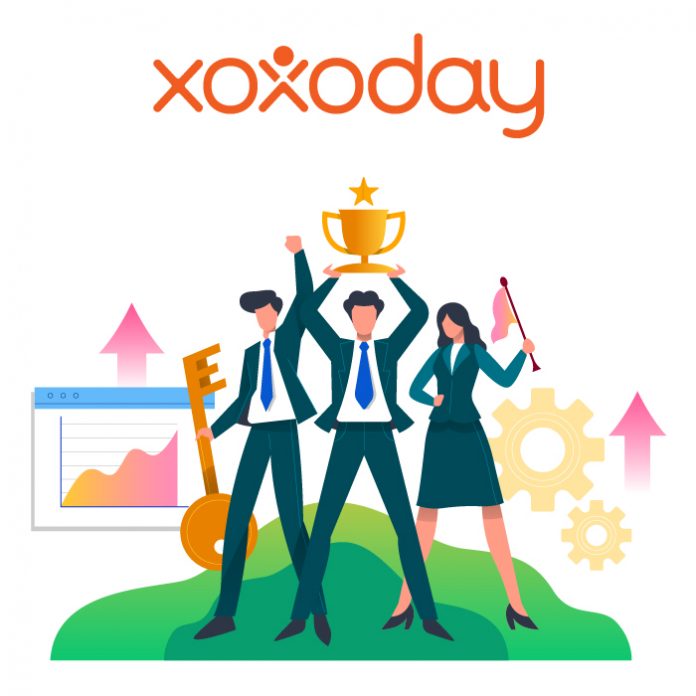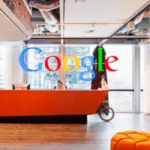All work and no play has never worked, especially, when it comes to employee engagement! The word ‘engagement’ itself suggests ‘being in it’ and when infused with play, engagement efforts are sure to become more effective. While games are all about having fun and gamification of employee engagement is about making engagement more interesting, the process of doing is a serious one that needs to be thought out well. But before that, organisations need to believe in the power of gamification, especially in employee engagement.
Here are three reasons why organisations should look at gamifying their employee-engagement efforts:
1. It’s more fun: Anything that is more fun is bound to be more engaging. While HR in most organisations plans activities and rewards to bring people together, at times employees perceive these as more of a tick-in-the-box. This takes away the entire purpose of putting those plans in place. For instance, the conventional off-site trips, for which organisations spend huge bucks, mostly end up as formal one-off get-togethers, where people put on their best smiles just for the sake of being there, and simply pretend to enjoy. On the other hand, gaming makes even the repetitive activities fun, let alone the one-off plans.
That is why, when you gamify your daily routine, you are able to drive business performance by keeping the employees motivated and involved all through.
2. It’s the latest fad: Most organisations these days comprise a workforce dominated by millennials followed by baby boomers, and a growing number of members from GenZ are making their way in. These are people who are used to such games and apps on their smartphones. Be it playing candy crush or buying groceries or even stocks on the phone, the newer generations find it convenient and comfortable. Even at the workplace, employees expect a similar tech-enabled environment, which involves everything from attendance to payroll, and appraisals to engagement.
That said, gamifying employee engagement through apps that bring people together to manage daily tasks, create to-do lists and acknowledge peers or subordinates, will provide employees the instant gratification that they seek.
3. It enables behavioural analysis: Gamifying employee engagement is not only beneficial to employees because of the fun factor, but allows the employers to keep a constant check on the pulse of the employees. Gamified engagement allows employers to gather data and insights on the employee mood, behaviour, performance and team interactions. This information, through data analytics, gives employers a deeper understanding of the people dynamics within the organization, and the manner in which it affects business productivity.
Not only does this allow efficient measurement of RoI, but also opens up opportunities for improvement, if there are any gaps in organisation culture or practices. It also lets the employers know if any of the managers or employees require behavioral counselling.
While the gamification market and awareness around its advantages have grown significantly over the last five years, adaptability is still lagging behind. A lot of organisations are yet to catch up in the race of gamifying practices in engagement, onboarding or training. While the world is now embracing AR and VR, it is high time workplaces too start making good use of gamification in all aspects of automation, making the mundane more fun.
Value our content... contribute towards our growth. Even a small contribution a month would be of great help for us.
Since eight years, we have been serving the industry through daily news and stories. Our content is free for all and we plan to keep it that way.
Support HRKatha. Pay Here (All it takes is a minute)




































